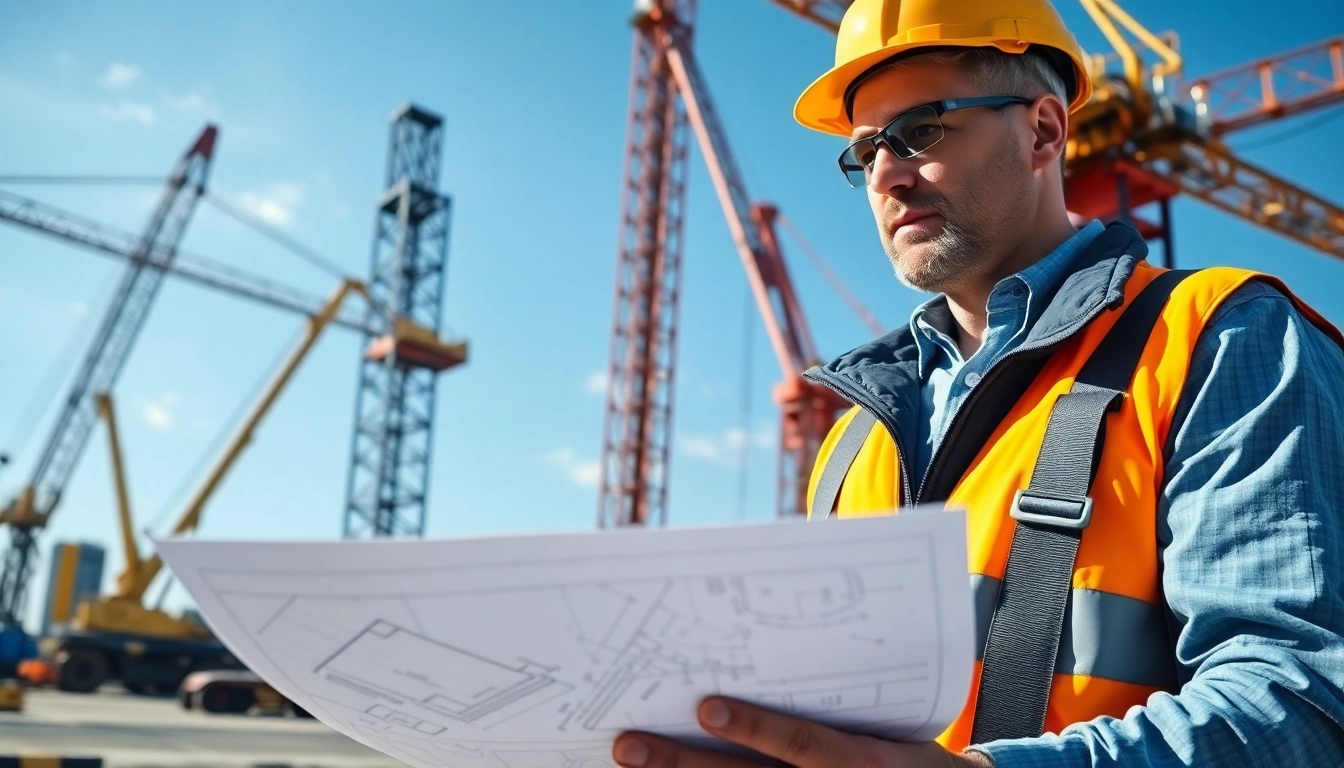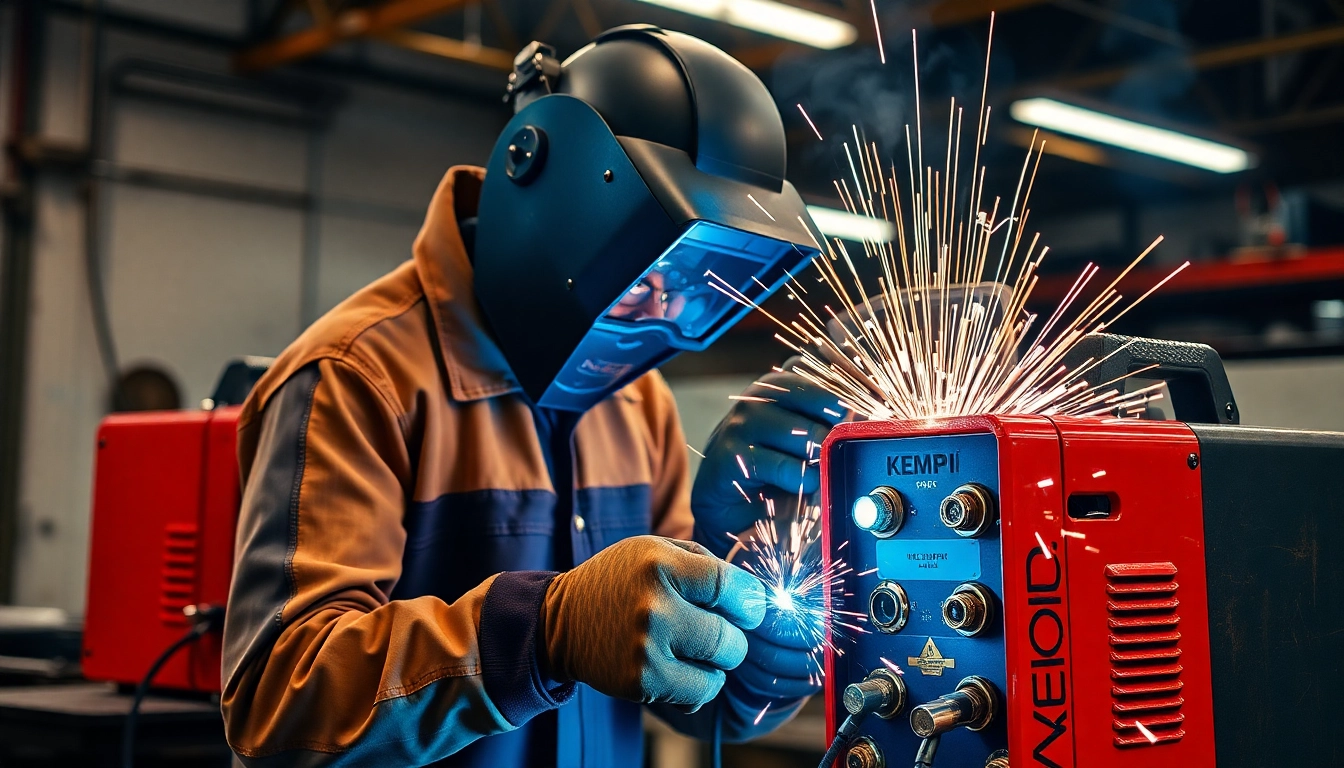Understanding Nitrogen Dioxide and Its Risks
Nitrogen dioxide (NO2) is a prominent air pollutant prevalent in urban environments and industrial settings. It is a reddish-brown gas that not only contributes to smog but also poses serious health risks. The dangers associated with NO2 exposure compel facilities to adopt safety measures, including the use of a reliable Nitrogen Dioxide gas detector. Knowledge about NO2’s properties, its health impacts, and common sources is crucial for implementing effective safety protocols.
The Chemical Properties of Nitrogen Dioxide
Nitrogen dioxide is part of a group of gases known as nitrogen oxides (NOx), which also includes nitric oxide (NO). It is created from combustion processes, such as those occurring in vehicles and power plants. NO2 is highly reactive and can form harmful secondary pollutants in the atmosphere. Its chemical formula, NO2, signifies one nitrogen atom and two oxygen atoms. The gas can be absorbed by the lungs, causing toxic effects on the respiratory system.
Health Effects of Nitrogen Dioxide Exposure
Prolonged exposure to nitrogen dioxide can lead to several health issues, particularly affecting the respiratory system. Acute exposure can result in symptoms such as:
- Coughing
- Wheezing
- Shortness of breath
- Increased susceptibility to respiratory infections
Chronic exposure is associated with the development and exacerbation of asthma and other chronic obstructive pulmonary diseases (COPD). Vulnerable populations, such as children, the elderly, and individuals with pre-existing health conditions, are at greater risk. Understanding the health implications of NO2 exposure underscores why continuous monitoring through detection systems is essential.
Common Sources of Nitrogen Dioxide in Various Environments
Nitrogen dioxide is generated from various sources, both natural and anthropogenic, including:
- Transportation: Emissions from automobiles, trucks, and buses are significant contributors to urban NO2 levels.
- Industrial Processes: Factories and power plants that utilize fossil fuels release NO2 as a by-product of combustion.
- Residential Heating: Use of gas stoves and heaters in homes is another source of nitrogen dioxide, particularly in poorly ventilated spaces.
- Natural Sources: Lightning strikes and wildfires can also produce NO2 through nitrogen fixation processes.
Types of Nitrogen Dioxide Gas Detectors
When looking to safeguard against the risks of nitrogen dioxide exposure, understanding the different types of detectors is essential. Gas detectors specifically designed for NO2 come in various forms, each with its features and application scenarios.
Electrochemical Nitrogen Dioxide Gas Detectors
Electrochemical sensors are among the most commonly used devices for detecting nitrogen dioxide. They function by measuring the change in electric current produced when NO2 interacts with a sensor. These detectors are often favored for their:
- Accuracy: They provide high sensitivity and specificity to nitrogen dioxide.
- Cost-effectiveness: Generally more affordable than other technologies, making them accessible for widespread use.
- Compact Size: Their small form factor allows for both portable and fixed installations.
However, it is crucial to consider their calibration frequency and lifespan, as performance can degrade over time.
Optical and Infrared Detectors Explained
Optical and infrared detectors work on a different principle compared to electrochemical sensors. These devices typically use light absorption to detect gases. Infrared sensors detect nitrogen dioxide by measuring the amount of infrared light absorbed by the gas molecules. Key advantages include:
- Non-Destructive Testing: These detectors do not consume the gas they measure, allowing for long-term monitoring without depletion of the sensor.
- Durability: Often more robust and less sensitive to poisoning compared to electrochemical sensors.
- Multi-Gas Detection: Some infrared sensors can detect multiple gases simultaneously, enhancing safety monitoring.
Despite these benefits, optical detectors can be more expensive and may require more expert handling for calibration.
Choosing Between Portable and Fixed Systems
When selecting a nitrogen dioxide gas detection system, organizations must decide between portable and fixed systems based on their unique needs:
- Portable Systems: Ideal for industries that require mobility, such as construction or HVAC. They can be easily moved to different job sites and are essential for quick assessments.
- Fixed Systems: Best suited for permanent installations in industrial plants or laboratories. These systems provide continuous monitoring and can be integrated into an existing safety management system.
The choice between these systems depends on factors like monitoring requirements, budget constraints, and specific workplace hazards.
Key Features to Consider in a Nitrogen Dioxide Gas Detector
Investing in a quality nitrogen dioxide gas detector requires careful consideration of various features that impact reliability, usability, and safety. Understanding these features can help organizations make informed decisions.
Accuracy and Sensitivity of Readings
The core function of any gas detector is its ability to provide accurate and sensitive readings of nitrogen dioxide levels. A detector’s accuracy is usually measured against standard calibration gas. Sensitivity ensures that even trace amounts of NO2 are detected, making it critical for environments where exposure limits are low.
Look for devices that can provide real-time readings and have a quick response time. This helps in mitigating risks effectively, ensuring that any significant change in gas levels is captured immediately.
Alarm and Notification Capabilities
An effective nitrogen dioxide gas detector should have robust alarm and notification features. These alerts, which can be either visual or audible, are crucial for ensuring safety in high-risk environments. Key factors to consider include:
- Alarm Threshold Settings: Ability to set customized alarm levels based on specific safety protocols.
- Notification Systems: Integration capability with central monitoring systems or mobile notification applications.
- Strobe Lights and Visual Indicators: Important for noisy environments where audible alarms may not be heard.
Ensuring employees receive timely warnings can significantly enhance their safety and response times in emergencies.
Maintenance and Calibration Requirements
No gas detector can be considered reliable without regular maintenance and calibration. Each type of sensor has its requirements, which could range from daily checks to monthly or quarterly calibrations. Key maintenance considerations include:
- Calibration Procedures: Make sure the device can be easily calibrated or offer a service solution for professional recalibration.
- Sensor Lifespan: Be aware of the expected lifespan of the sensors, which can sometimes dictate replacement policies.
- Routine Testing: Establish a routine testing schedule, along with documentation practices to ensure all safety protocols are followed.
Implementing a structured maintenance program not only extends the life of the detectors but also assures continuous accurate readings.
Implementing Nitrogen Dioxide Gas Detectors in Your Facility
Once the right nitrogen dioxide gas detectors have been chosen, organizations must effectively implement them in their facilities. Proper installation, monitoring, and employee training are vital to maximizing safety and compliance.
Best Practices for Installation
Installation of gas detectors should follow best practices to ensure optimal performance:
- Location Selection: Place detectors in areas where nitrogen dioxide is likely to accumulate, such as near combustion sources or areas of restricted airflow.
- Height Considerations: Install detectors at appropriate heights, as gases behave differently based on density; NO2 is heavier than air and tends to settle near the ground.
- Environmental Conditions: Ensure that the detectors are not placed in conditions that could affect their performance, such as extreme temperatures or humidity.
Conducting a hazard analysis can also assist in identifying the ideal locations for installation.
Monitoring and Safety Protocols
Once the detectors are installed, establishing monitoring protocols is essential to ensure continuous operation:
- Continuous Monitoring: Ensure that detectors are in operation at all times, particularly during high-risk periods.
- Data Logging: Use detectors that can log data for later review. This supports regulatory compliance and allows understanding of gas exposure trends.
- Emergency Response Plans: Integrate findings from the gas detectors into broader emergency response protocols, ensuring that employees know how to react in case of an alarm.
Regular assessment and updating of these protocols will ensure they remain effective as operations evolve.
Employee Training on Gas Detector Usage
Training employees on the proper use of nitrogen dioxide gas detectors cannot be overstated. Structured training programs should include:
- Understanding Alarms: Educate employees on alarm significances, ensuring they understand when and how to respond at each alert level.
- Operational Training: Hands-on training on how to operate, calibrate, and maintain the detectors properly.
- Emergency Drills: Conduct regular drills to practice evacuation, response, and communication protocols in case of a nitrogen dioxide exposure event.
Well-informed employees are the first line of defense against gas exposure incidents, making training an ongoing priority.
Evaluating Performance and Compliance Standards
Regular evaluation of the performance and compliance of nitrogen dioxide gas detectors is crucial for maintaining workplace safety. Ensuring adherence to relevant standards not only protects employee health but also minimizes legal risks for organizations.
Compliance with Industry Regulations
Numerous regulatory bodies set safety standards for gas detection systems, including OSHA, the EPA, and NIOSH. Compliance mandates not only proper detector functionality but also the establishment of maximum allowable exposure levels. Organizations must:
- Stay Updated: Keep abreast of changes in regulations that may affect gas detection standards.
- Conduct Regular Audits: Schedule regular compliance audits to check that the systems and practices are up to date.
- Documentation: Maintain detailed records of detector performance, maintenance schedules, calibration logs, and employee training sessions to facilitate audits.
Regular compliance checks will also help reinforce a culture of safety within the organization.
Performance Metrics for Nitrogen Dioxide Detection
Developing performance metrics is essential for assessing the effectiveness of nitrogen dioxide gas detection systems. Organizations can utilize various key performance indicators (KPIs), such as:
- False Alarm Rate: Measure how often alarms are triggered without the presence of NO2.
- Response Time: Track how quickly employees respond to alarms and their actions post-alarm signal.
- Detector Downtime: Monitor the time detectors are out of operation for maintenance or calibration.
Utilizing these metrics will provide insights into the reliability of the detection systems and help identify areas for improvement.
Case Studies: Effective Use in Different Sectors
Understanding the practical applications of nitrogen dioxide gas detectors across various sectors can provide invaluable insights. Consider the following case studies:
- Industrial Manufacturing: A chemical manufacturing plant implemented fixed nitrogen dioxide detectors for continuous monitoring. The data allowed for timely intervention, significantly reducing worker exposure incidents and aligning with compliance standards.
- Construction Sites: A construction firm adopted portable NO2 detectors for their sites, where they encountered gas emissions from construction equipment. Regular monitoring ensured that work could continue safely, with real-time data informing safety measures.
- Residential Solutions: A multi-family housing unit installed nitrogen dioxide detectors in common areas, which helped the management quickly identify issues with gas appliances, resulting in improved safety for all residents.
These case studies illustrate the versatility and necessity of nitrogen dioxide gas detectors in various environments, highlighting real-world benefits.



